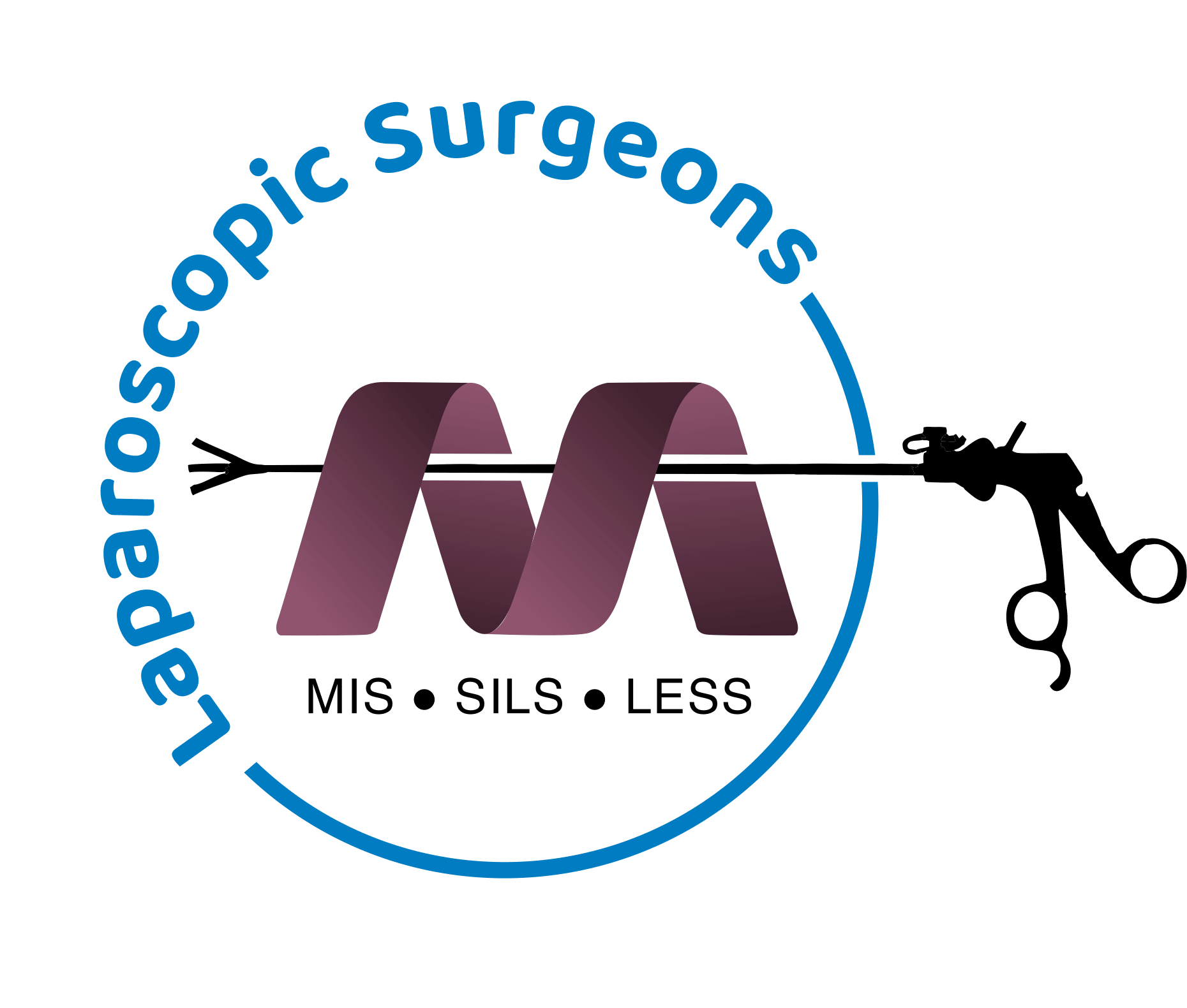Laparoscopic Gynae Colposcopy
Colposcopy is a specialized diagnostic procedure that allows detailed examination of the uterine cervix using a colposcope. This instrument is critical in diagnosing abnormalities in the lower genital tract by analyzing the surface epithelium, connective tissue (stroma), and vascular patterns.
Evaluation Of Lower Genital Tract
- Lugol Iodine
Lugol’s iodine is commonly used in medical examinations to help differentiate between normal and abnormal epithelial cells. When applied, healthy epithelial cells containing glycogen absorb the iodine and turn a dark brown color. In contrast, areas that do not take up the dark brown stain indicate abnormal or potentially unhealthy tissue. These suspicious regions can be identified instantly during the procedure and are typically investigated further through cytology or biopsy for accurate diagnosis. - Acetic Acid
Applying 3-5% acetic acid highlights metaplastic and dysplastic areas, turning them into distinct aceto-white regions. - Green filter
Improves visualization by absorbing red tones, making blood vessels appear as black streaks for better assessment. - Directed Biopsy
Tissue samples are collected from the most abnormal areas under colposcopic guidance for accurate diagnosis. This is the gold standard for identifying cervical pre-cancerous conditions.
Treatment Modalities
- Cryocautery
This procedure involves freezing abnormal tissue to -20°C or lower using a cryoprobe, resulting in tissue destruction (cryo-necrosis). The dead tissue is naturally replaced with healthy tissue. - LEEP (Loop Electrosurgical Excision Procedure)
A minimally invasive procedure to remove deeper cervical lesions. The excised tissue can be sent for histopathological examination, serving as both a diagnostic and therapeutic method.
Laparoscopic Gynae Hysteroscopy
Hysteroscopy is a procedure used to directly visualize the uterus using an endoscope, enabling both diagnostic and therapeutic interventions.
Diagnostic Applications
- Abnormal Uterine Bleeding (AUB/DUB)
Hysteroscopy helps detect conditions like normal endometrium, submucous myoma, endometrial polyps, hyperplasia, or cancer, which may cause abnormal bleeding. - Lost or Misplaced IUCD
Enables precise location and safe removal of misplaced intrauterine devices. - Infertility Evaluation
Provides a detailed view of the cervical canal, uterine cavity, tubal ostia, and intramural segments of the fallopian tubes. Common issues like adhesions, fibroids, polyps, or septae can be identified.
Therapeutic Applications
- Endometrial Ablation
A proven treatment for abnormal uterine bleeding. - Polyp and Fibroid Removal:
Submucous fibroids and polyps are safely removed during hysteroscopy. - Adhesion Treatment (Asherman’s Syndrome):
Effectively treats intrauterine adhesions and restores normal uterine structure. - Foreign Body Removal:
Ensures the safe removal of any foreign objects within the uterus. - Fallopian Tube Catheterization and Biopsy:
Allows for opening blockages and obtaining tissue samples for analysis.
Diagnostic Laparoscopy
Diagnostic laparoscopy is a minimally invasive procedure used to visualize and evaluate abdominal and pelvic organs.
Applications in Infertility:
- Tubal Patency Evaluation:
Assesses whether fallopian tubes are open and functional. - Ovarian Drilling (for PCOS):
Treats polycystic ovarian syndrome by reducing ovarian cysts and improving fertility. - Adhesion Assessment and Treatment:
Identifies and removes pelvic adhesions caused by infections or endometriosis. - Endometriosis Detection:
Confirms and treats endometrial tissue growth outside the uterus.
Other Diagnostic Uses:
- Investigating unexplained pelvic pain, suspected ectopic pregnancy, or ovarian cancer.
- Follow-up evaluations for cancer treatment.
Operative Laparoscopy
Laparoscopy offers solutions for various gynecological conditions with precision and minimal recovery time.
A) Tubal Surgeries:
- Family Planning (Sterilization):
Permanent birth control through tubal ligation to prevent ovum passage. - Tubal Reconstruction/Recanalization:
Repairs damaged fallopian tubes, addressing blockages or injuries. - Ectopic Pregnancy Management:
Removes ectopic pregnancies via tubal conservation or excision.
B) Uterine Surgeries:
- Myomectomy for Fibroids:
Removes fibroids laparoscopically while preserving fertility. Large fibroids are removed using morcellation techniques. - Hysterectomy:
Total laparoscopic hysterectomy (TLH) and laparoscopic-assisted vaginal hysterectomy (LAVH) are safe and effective methods for uterus removal, even in complex cases like previous surgeries or caesarean deliveries. - Cancer Surgery:
Advanced laparoscopic procedures like Wertheim’s hysterectomy for uterine cancer adhere to strict cancer surgery protocols.
C) Ovarian Surgeries:
- Ovarian Cystectomy:
Safely removes ovarian cysts while conserving the ovary if fertility is desired. - Tubo-Ovarian Mass Removal:
Treats masses resulting from pelvic infections or other conditions.
D) Endometriosis Treatment:
- Early Stages:
Small lesions are identified and destroyed under laparoscopic magnification. - Advanced Cases:
Adhesiolysis, cyst removal, and other interventions address extensive damage caused by endometriosis.
D) Other Procedures:
- Removal of misplaced IUCDs
- Sacro-colpopexy for vaginal vault prolapse
Vaginal Surgery
Common Procedures:
- Repair of uterine prolapse and perineal tears
- Vaginal hysterectomy (NDVH/VH) combined with cystocele or rectocele repair
- Removal of cervical polyps and vaginal wall cysts
- Treatment of stress urinary incontinence using TVT/TOT tapes
- Vaginoplasty for vaginal agenesis
- Vulvectomy and urinary fistula repair
